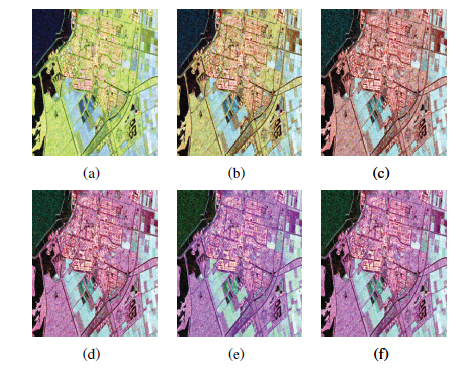Dynamic Fractal Texture Analysis For PolSAR Land Cover Classification
Published in IEEE Transaction on Geoscience and Remote Sensing, 2019

Polarimetric response is strongly target orientation dependent. The observed polarimetric matrices from the same target with different orientations can be quite different. The existence of target scattering orientation diversity contains rich information, and leveraging information of target scattering orientation diversity may help to reveal polarimetric properties of different land cover types. In this work, a robust land cover feature descriptor, dynamic fractal texture, is introduced to capture the stochastic self-similarities of land cover scattering responses in both spatial and rotation domains. We extend the polarimetric matrix to the rotation domain by polarimetric basis transformation. Varying polarization orientation angle (POA) or ellipticity angle (EA), polarimetric responses of land cover under a series of orientations can be obtained. Then, the dynamic fractal texture is formulated by serializing received responses as a polarimetric synthetic-aperture radar (PolSAR) image sequence. Finally, the proposed features are combined with random forest (RF)/support vector machine (SVM) classifier to produce the classification maps on real PolSAR data.
Recommended citation:
R. Yang, X. Xu, Z.-Z. Xu, H. Dong. R. Gui and F.-L. Pu, “Dynamic Fractal Texture Analysis For PolSAR Land Cover Classification”, IEEE Trans. Geosci. Remote Sens., vol. 57, no. 8, pp. 5991-6002, August. 2019.
